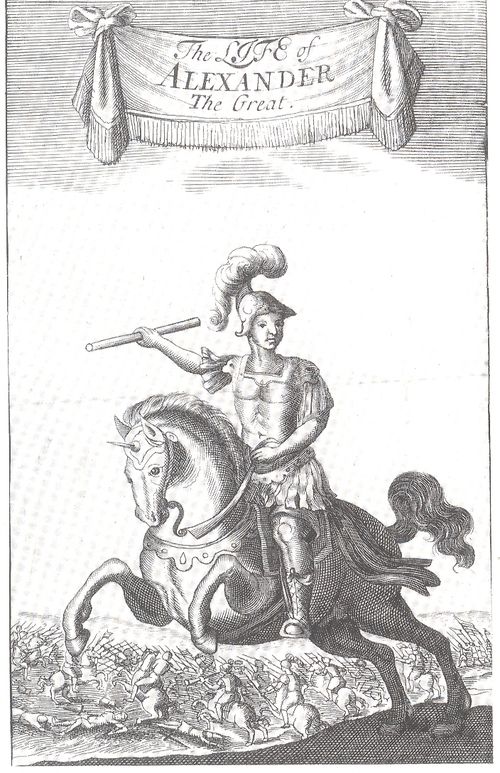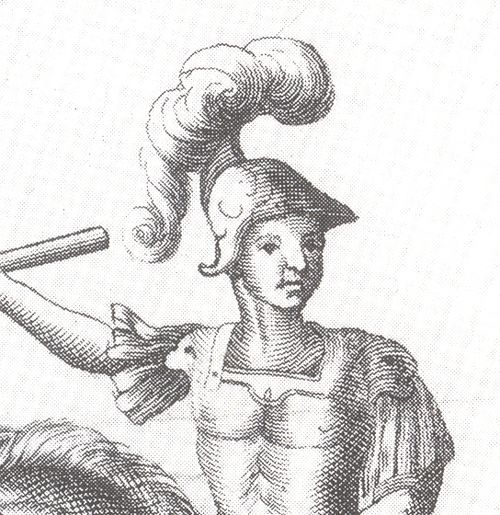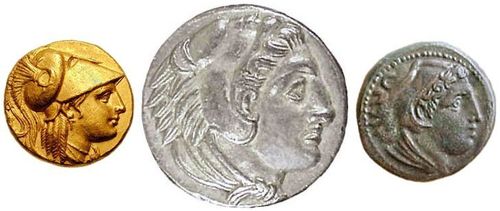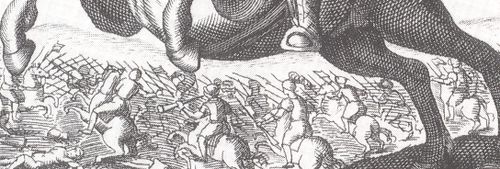JF Ptak Science Books LLC Post 631 Blog Bookstore
The History of Blank, Empty & Missing Things #44
 In America
and Europe for much of the 19th century
books with illustrations received their color by the labor of small-handed
women and older children. For popular,
inexpensive and widely distributed books engravings and woodcuts were often
given their color by an assembly line process:
one person applying the red, another the blue, the third the green, and
so on, until image was completed. This
was a fairly quick process—more than five colors was rare—and once done the
sheets were left to dry before being sent off to be cut, folded, sewn, trimmed
and bound. The colorists wouldn’t really
survive past the 1880’s or so, being replaced by machines and different sorts
of coloring processes—the last book to be published for the mass market being
the 1896 edition of Johnson’s Cyclopedia.
In America
and Europe for much of the 19th century
books with illustrations received their color by the labor of small-handed
women and older children. For popular,
inexpensive and widely distributed books engravings and woodcuts were often
given their color by an assembly line process:
one person applying the red, another the blue, the third the green, and
so on, until image was completed. This
was a fairly quick process—more than five colors was rare—and once done the
sheets were left to dry before being sent off to be cut, folded, sewn, trimmed
and bound. The colorists wouldn’t really
survive past the 1880’s or so, being replaced by machines and different sorts
of coloring processes—the last book to be published for the mass market being
the 1896 edition of Johnson’s Cyclopedia.
This sort of distribution of artistic labor was not new to
the 19th century by any means.
Guilds dictating the strict observance of a painting’s preparation—making
the canvas or preparing the wood, gathering the ingredients for making colors, making
the colors, and so on—stretches back at least 600 years. 
I’m wondering about this because of an illustration that I
found of extremely uneven accomplishment.
It occurs in Quintus Curtius Rufus
The Life of Alexander the Great (“translated by several Gentlemen in the University of Cambridge”) and printed for Gilbert
Cownly in 1687. (I can never let it pass that this is the year that modern
science really began, with the publication of Newton’s Principia…
.) The engraving is the book’s
frontispiece, and shows Alexander on horseback.
Of course there’s no real portrait of Alexander, though his “likeness”
appears on coins from that period. But
the face in the engraving just doesn’t match up to the quality of the rest of
the image. The horse is a little nicer
than standard for the period, and there’s a fair amount of detail in the
background.

The face of the great
Alexander though is pretty bad, drawn in almost as an afterthought even though
he is the subject of the book. Maybe the
engraving’s elements were divided and distributed in the workshop to, say
someone good at horses doing the horse, another good at executing armor doing
that, and so on, until someone realized that no one was there to engrave the
face. And so perhaps it came to pass that Alex received this cheeky/jowly face with a single-muscled skinny neck. (I notice that none of the riders in the background have faces.) Maybe there was only one artist, and they just got tired or figured this face was good enough, and moved on to the next project; perhaps there was just one engraver who was late for dinner and did a too-fast job on the face. And maybe the face was just good enough, no matter who did or or how many people worked on it. I've seen this sort of uneven effort, this missing detail in a detailed work, many times over the years, and I've always wondered what the story was. And I guess I always will.

 In America
and Europe
In America
and Europe





Comments